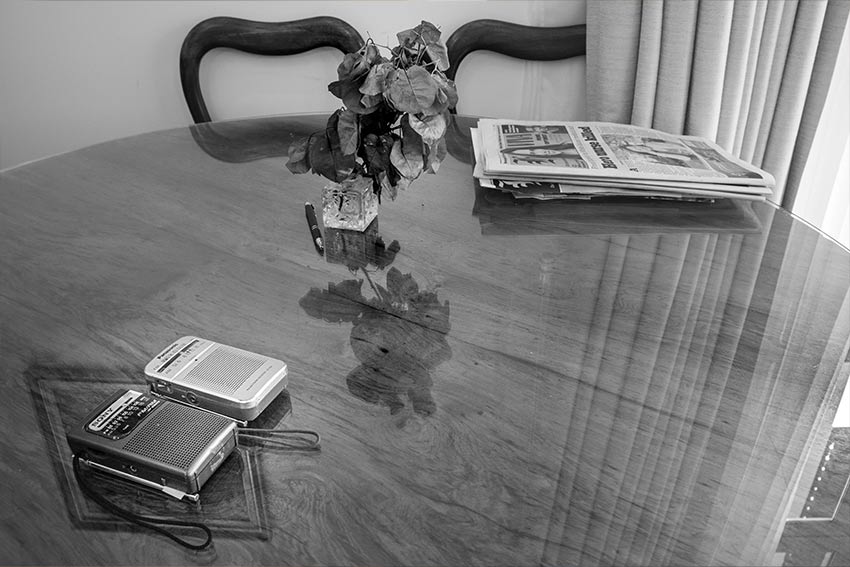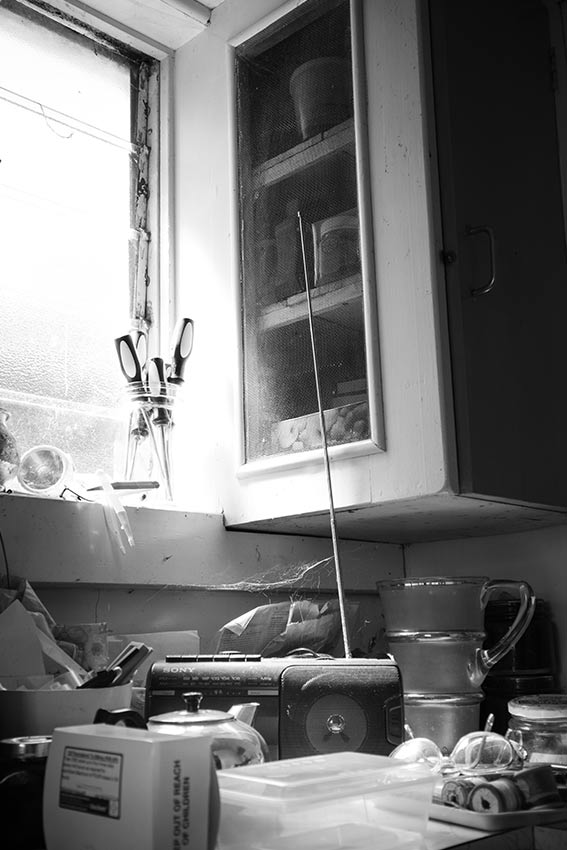Radio essential for social connections

Recent research by Dr Amber Hammill for her PhD at AUT’s School of Communication Studies, reaffirms the importance of radio as a crucial public utility with the ability to connect people, relieve isolation and alleviate loneliness.
“Radio has never been more important,” says Hammill. “On the top of our experiences of loneliness and isolation during the lockdowns we have recent evidence of the role radio plays in not just informing people but connecting people during natural disasters. My research demonstrates that radio already supports listeners’ social wellbeing and is a crucial part of the media landscape.
“Understanding how older people are using the technology at their disposal to create the social contact they want has huge potential as our means of communication diversify and approach a second century of broadcast radio in Aotearoa New Zealand.
“My research looks beyond radio’s role in informing the audience and shows that listening to the radio helps older people feel part of their wider community; staving off loneliness and building a sense of connection.”
Hammill says that the sense of connection was clear throughout the interviews, but that it’s important to recognise that radio is part of a media landscape which can also be used to divide us, and such divisions can have dangerous consequences. A healthy radio and broadcasting infrastructure helps support a healthy society.”
Hammill’s research was based on in-depth interviews and photography with older (aged older than 75, or 65 for Māori participants) radio listeners. She identified that radio listening creates an experience of company for older listeners by supporting a knowledge of self and an appreciation of self in context. Through radio listening, older listeners are able to challenge, comfort, extend, and affirm their self-identity within the boundaries of taste, time, and space.
“The people I interviewed for this research were able to experience the radio for company because they could find content there which affirmed and extended their sense of themselves, and demonstrated how that related to the wider community,” says Hammill.
“Unfortunately older people’s experiences are often discounted as unimportant or irrelevant. People aged 75+ aren’t included in publicly reported listener data, for instance. But, the fact is New Zealand’s older population is growing. Stats NZ predict we’ll have more than one million people aged older than 65 by 2028. Knowing the role radio plays in the lives of older people, and including them more effectively in all levels of media planning and production, means media makers can better meet the needs of this growing audience segment.
“The Covid lockdowns have given us all a window into the incredibly challenging experience of isolation, and, for some people, loneliness which we desperately want to put behind us, but before we do that, we have an opportunity to learn from those experiences and renew our commitment to alleviating the suffering those experiences entail.
“This research adds to the body of evidence that a healthy media landscape supports a sense of belonging among audiences but does not create echo chambers.
Exhibit
During her research Hammill documented the participants’ listening environment. The evocative collection of black and white photography will be exhibited at the Nancy Caiger Gallery in Hamilton from 22 – 28 April.
